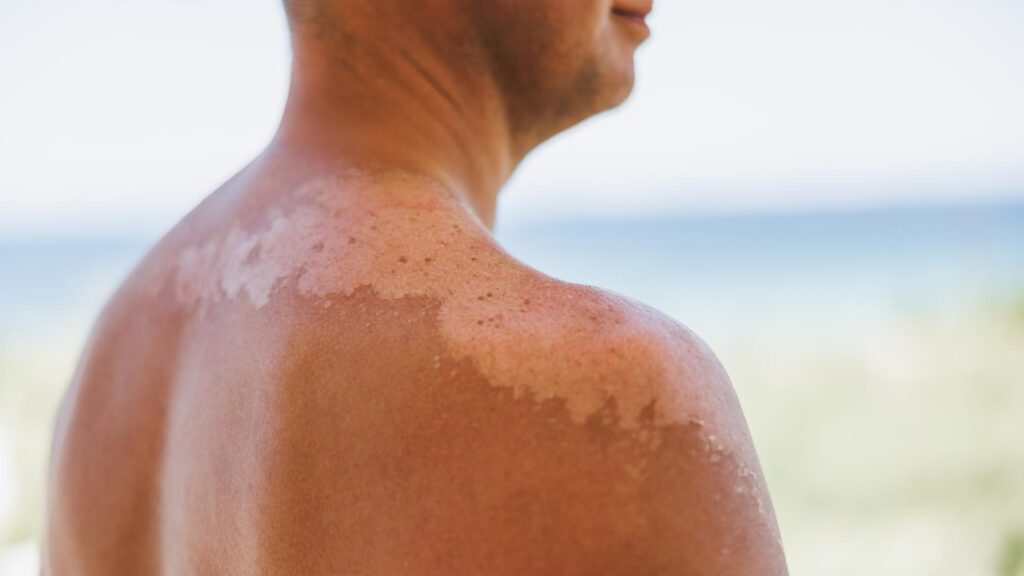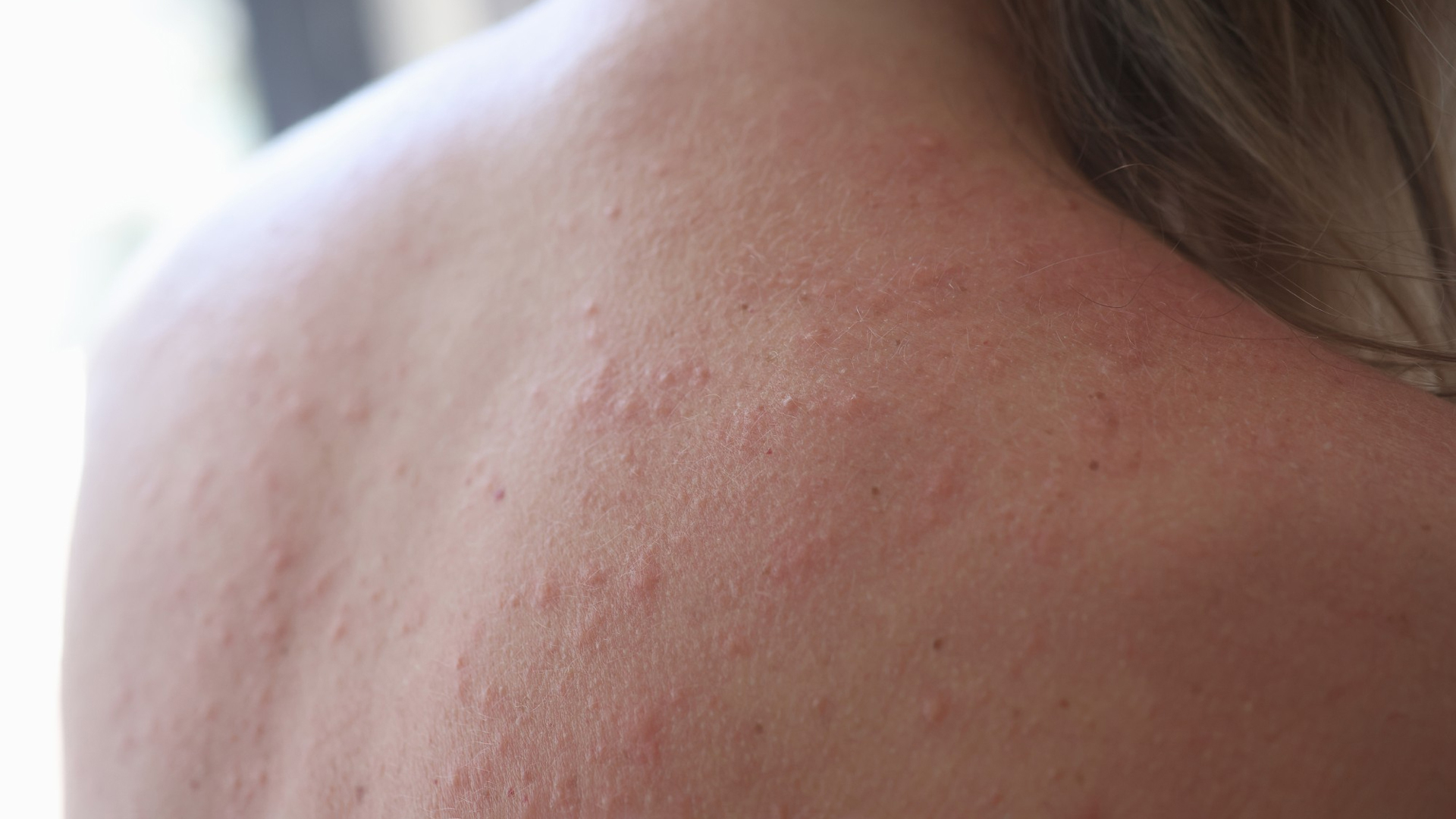While tanning beds are used to achieve a sunless tan, they can be risky if precautions are not taken.
I’ve seen people fall victim to severe burns using sunbeds. However, these burns are curable. Read on to find out how to treat them.
Why Do You Get Rashes From Tanning Beds?
Tanning bed rash is one of the side effects of sunbeds. These bumpy, red, and itchy rashes may develop in the first few hours or days of use.
Some common causes of rashes are:
Dry Skin
The most common cause of a tanning bed rash is dry skin. If you go for a salon session, ensure that your skin is not parched. Tanning lamps remove moisture from the top layer of your dry skin, making it itchy.
UV Exposure
Overexposure to ultraviolet (UV rays) can also lead to grazes on your body, i.e., if your body cannot absorb UV light of tanning lamps properly, you’ll develop a rash.
Aside from overexposure, tanning bed rash may also appear if you have existing rashes.
Trapped Sweat
Sunbeds can also cause heat rash(miliaria). The sweat flow is interrupted due to clogged pores and gets trapped between the layers of your skin.
Allergic Reactions
At times, allergic reactions can also take place. Tanning lotions, oils, and other products can clog pores and cause your skin to react with a rash.
Lack of Hygiene
When sunbeds are not wiped between sessions by different users, the leftover product can get on your skin and cause a rash.
Cleaning Products
Cleaning products for beds can also be a reason for developing a tanning bed rash.
Symptoms Of a Tanning Bed Rash

Symptoms of the tanning bed rash include:
Inflammation or itching
Raised white or red, bumpy, and irritated skin
Patches of skin
In severe reactions, blistering of the skin may occur. These fluid-filled bumps pop up on the skin, adding to discomfort and posing a risk for secondary infections if not treated promptly.
Ways To Treat a Tanning Bed Rash
Although rashes go away in a few days, you may feel an itch or discomfort.
From the comfort of your own home, try different remedies to see if it helps.
Sun Protection
Rashes make skin more susceptible to sunburn. Don’t go outside until your rash disappears. Or if you need to go outside, cover your rash with loose-fitting clothes and apply sunscreen with an SPF higher than 30.
Also, additional sun exposure may prolong your rash.
Use Soothing Gels
Apply topical cream, chewable tablets, or pure aloe vera gel to promote faster healing from redness and itching.
Consult your doctor if in-home remedies don’t work. He may prescribe a stronger antibiotic ointment, such as an antihistamine, hydrocortisone cream, or tablets, like ibuprofen.
Take a Warm Bath
Soak your rash in lukewarm bath to manage itchiness and reduce inflammation.
When To See a Doctor?

If the above-mentioned rash treatment options do not work and your rash lasts for more than five days, see a dermatologist!
If you notice discolored pus coming from your rash, or if you develop a fever in connection with the rash, seek medical advice.
Note: Avoid scratching your rash. Doing so can cause the top layer of your skin to rupture and cause infection.
How To Prevent a Tanning Bed Rash?
Choose a reputable tanning salon to avoid any skin problems.
Ensure the bed sheet they’re using is clean.
Wipe the surfaces of a sunbed thoroughly with a hypoallergenic wipe before use.
It is also important to keep your skin moisturized before sessions.
Final Thoughts
You can treat your mild, itchy rashes at home. Follow the above-mentioned guidelines, which better suit your skin type, and visit a doctor for extreme skin conditions.
Good Day!

